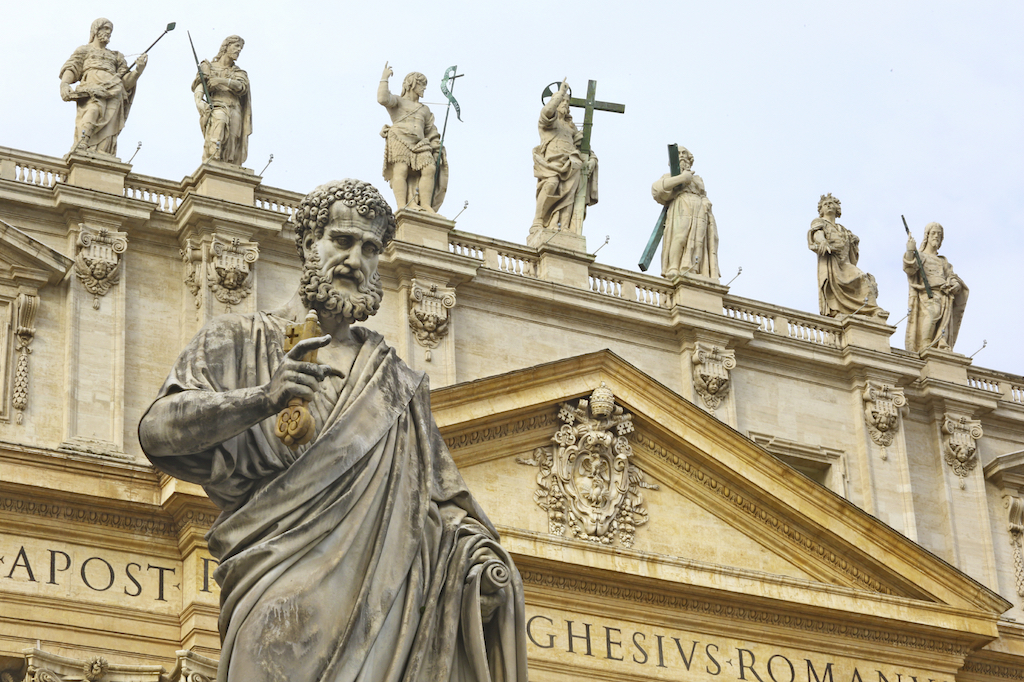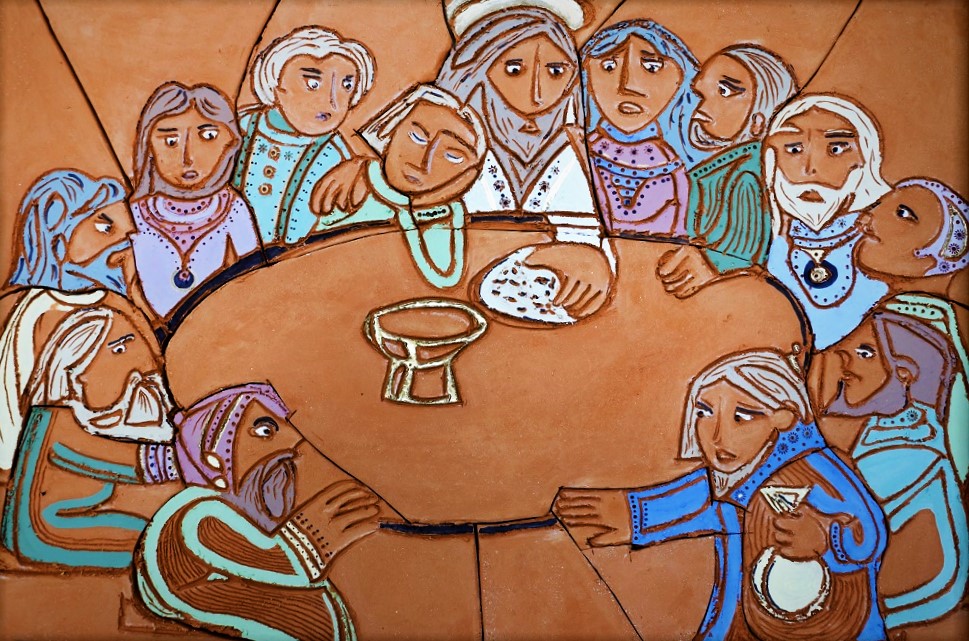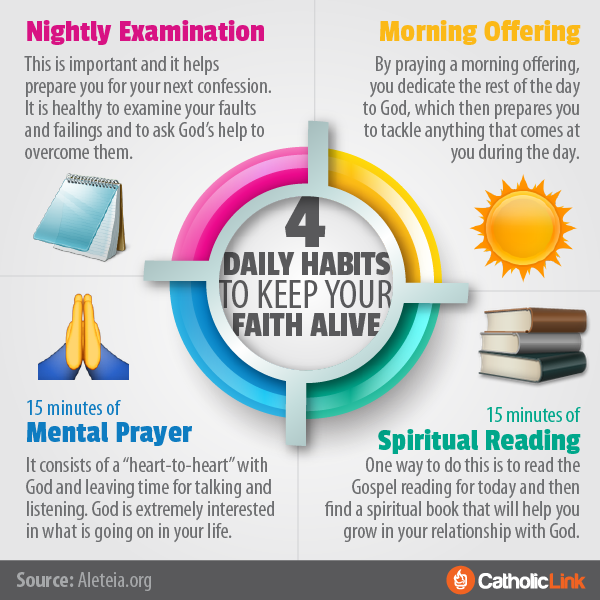Credo: Latin for “I believe.” The Nicene Creed is an integral part of the Mass, and serves as a “mini-catechism” of our beliefs. But what exactly is a “creed” and why is it so important to our Faith?
Theologian Scott Hahn explains:
A creed is an authoritative summary of Christianity’s basic beliefs. In the articles of the creed, we profess our faith in mysteries—doctrines that could never be known apart from divine revelation: that God is a Trinity of persons, that God the Son took flesh and was born of a virgin, and so on … A creed is not the totality of Christian faith. It’s a summary that stands for everything that is taught by the Catholic Church, which is itself one of the mysteries we proclaim in the creed. A creed is a symbol of something larger—and, ultimately, of Someone we love, Someone who loves us and makes us who we are, by means of creeds and other graces.
There are a number of creeds that the Church recognizes, but the Nicene Creed (used at the Mass) and the Apostles’ Creed (prayed during the Rosary) are the two primary creeds. The Nicene Creed dates back to 325 A.D. (isn’t that amazing?), from the Council of Nicaea. Just as bishops and cardinals are called to meet in our times (think of Vatican II), the early Church fathers met to discuss articles of faith and make decisions for the universal Church.
The Council of Nicaea was particularly important. There were those in the Church who claimed that Jesus was divine, but not human. This became known as the Arian heresy: Jesus was divine but only appeared to be human, an idea promulgated by Arius, a Christian leader in Egypt. The Nicene Council declared this a heresy, that is, a teaching that was contrary to the Faith. In order to make firm the truth that Jesus was true God and true Man, the Church Fathers created the Nicene Creed. In this way, even illiterate people would know the Church teaching. While the creed did not become part of the Mass until the 6th century, it was taught universally after the Council of Nicaea.
“The Nicene Creed expressed what the early leaders of the Church found to be Biblical, traditional and orthodox in their Christian faith – a faith in Jesus Christ that we continue to proclaim 1,700 years later.” Again, Scott Hahn:
The Creed is the capstone of the Liturgy of the Word, a summation of the mighty works of God, past, present and future. We have heard the Law and the prophets and sung the praises of the Psalms. We have received the Gospel as truly as St. Peter’s congregation did on that first Pentecost. Now, as we recite the Creed, we say our “yes,” our Credo, like the first believers in Jerusalem.
It’s significant that, in our liturgy, the Creed follows after the Bible readings, since the Creed is a summary of the history of salvation.
Every time we pray this Creed, we not only state the basis of our faith, we unite ourselves with the entire Church. We also renew to ourselves and to God our baptismal promises. The Nicene Creed is both ancient and new. This creed reminds us, and all the Church, of what we believe. We join our “I believe” with the voices of all the faithful around the world in prayer.
I believe in one God,
the Father almighty,
maker of heaven and earth,
of all things visible and invisible.
I believe in one Lord Jesus Christ,
the Only Begotten Son of God,
born of the Father before all ages.
God from God, Light from Light,
true God from true God,
begotten, not made, consubstantial with the Father;
through him all things were made.
For us men and for our salvation
he came down from heaven,
and by the Holy Spirit was incarnate of the Virgin Mary,
and became man.
For our sake he was crucified under Pontius Pilate,
he suffered death and was buried,
and rose again on the third day
in accordance with the Scriptures.
He ascended into heaven
and is seated at the right hand of the Father.
He will come again in glory
to judge the living and the dead
and his kingdom will have no end.
I believe in the Holy Spirit, the Lord, the giver of life,
who proceeds from the Father and the Son,
who with the Father and the Son is adored and glorified,
who has spoken through the prophets.
I believe in one, holy, catholic and apostolic Church.
I confess one Baptism for the forgiveness of sins
and I look forward to the resurrection of the dead
and the life of the world to come. Amen.





